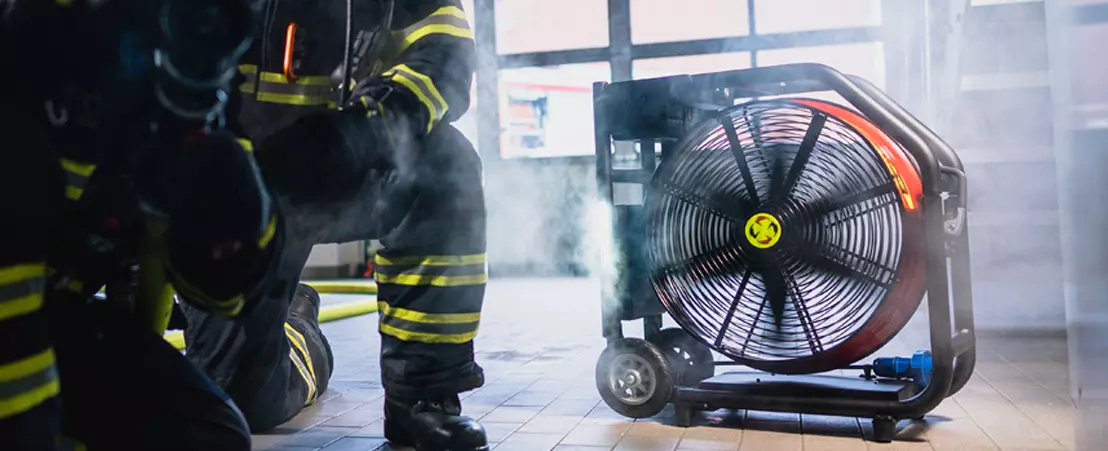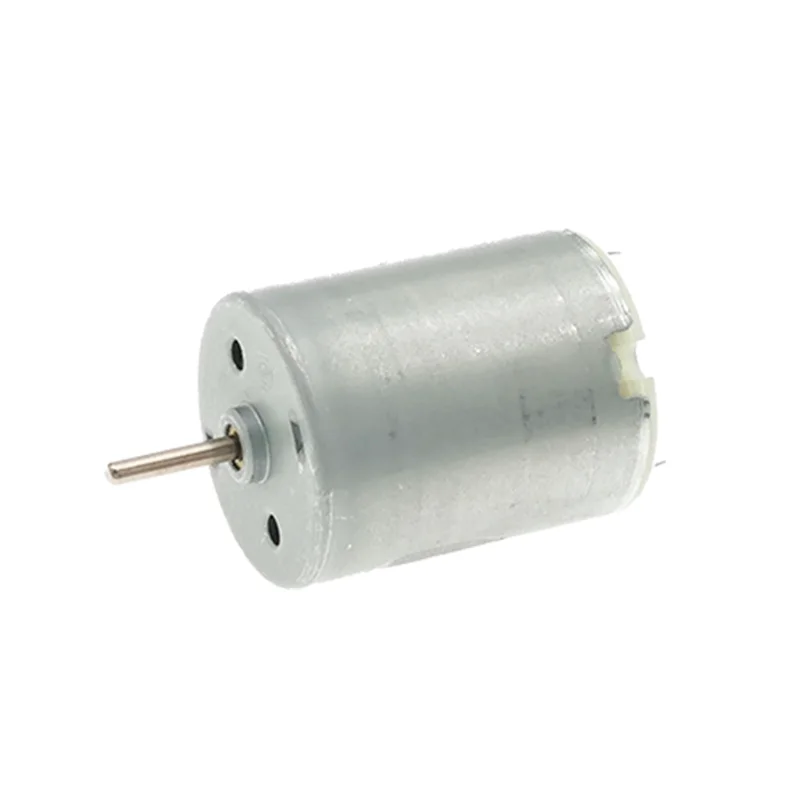The Inner Workings of HVAC Ventilation: A Comprehensive Guide

HVAC (Heating, Ventilation, and Air Conditioning) systems play a crucial role in maintaining indoor air quality and comfort in various settings, including residential, commercial, and industrial spaces. Among the three components, ventilation is particularly important as it ensures the circulation of fresh air while removing pollutants and controlling temperature and humidity levels. In this article, we will delve into the intricate workings of HVAC ventilation, exploring its mechanisms, benefits, and the impact it has on our daily lives.
- Understanding HVAC Ventilation:
HVAC ventilation refers to the process of exchanging indoor and outdoor air to maintain a healthy and comfortable environment. It involves the intake of fresh air, filtration to remove contaminants, and the distribution of conditioned air throughout the space. The ventilation system works in conjunction with heating and cooling components to achieve optimal indoor air quality. - Air Intake and Filtration:
The ventilation process begins with the intake of outdoor air. This air is typically drawn from a designated area, such as rooftops or sidewalls, to minimize the intake of pollutants. Before entering the HVAC system, the air passes through filters that trap dust, pollen, allergens, and other airborne particles. High-quality filters are essential to ensure clean air and protect the system from damage. - Air Distribution:
Once the air is filtered, it is distributed throughout the building using a network of ducts. The ductwork is designed to deliver the conditioned air to different rooms or zones efficiently. Properly sized and insulated ducts help maintain consistent airflow and prevent energy loss. The distribution system may also include dampers and vents to regulate air volume and direction. - Ventilation Modes:
HVAC systems offer various ventilation modes to cater to different needs. These modes include natural ventilation, mechanical ventilation, and a combination of both. Natural ventilation utilizes windows, doors, and vents to allow fresh air into the space. Mechanical ventilation, on the other hand, relies on fans, blowers, and air handling units to circulate air. Hybrid systems combine both approaches to optimize energy efficiency and indoor air quality. - Energy Recovery:
To enhance energy efficiency, many HVAC systems incorporate energy recovery mechanisms. Heat recovery ventilation (HRV) and energy recovery ventilation (ERV) systems capture and transfer heat or coolness from the outgoing air to the incoming air. This process helps reduce the load on heating and cooling equipment, resulting in energy savings and lower utility bills. - Benefits of HVAC Ventilation:
Proper HVAC ventilation offers numerous benefits. It improves indoor air quality by removing pollutants, odors, and excess moisture. Adequate ventilation also helps control temperature and humidity levels, creating a comfortable environment. Additionally, it prevents the buildup of harmful gases, such as carbon dioxide, and reduces the risk of respiratory issues and allergies.
Conclusion:
HVAC ventilation is a vital component of any HVAC system, ensuring the circulation of fresh air and maintaining a healthy indoor environment. By understanding the inner workings of HVAC ventilation, we can appreciate its significance and make informed decisions when it comes to system design, maintenance, and upgrades. Whether in our homes, offices, or public spaces, proper ventilation contributes to our overall well-being and comfort.


